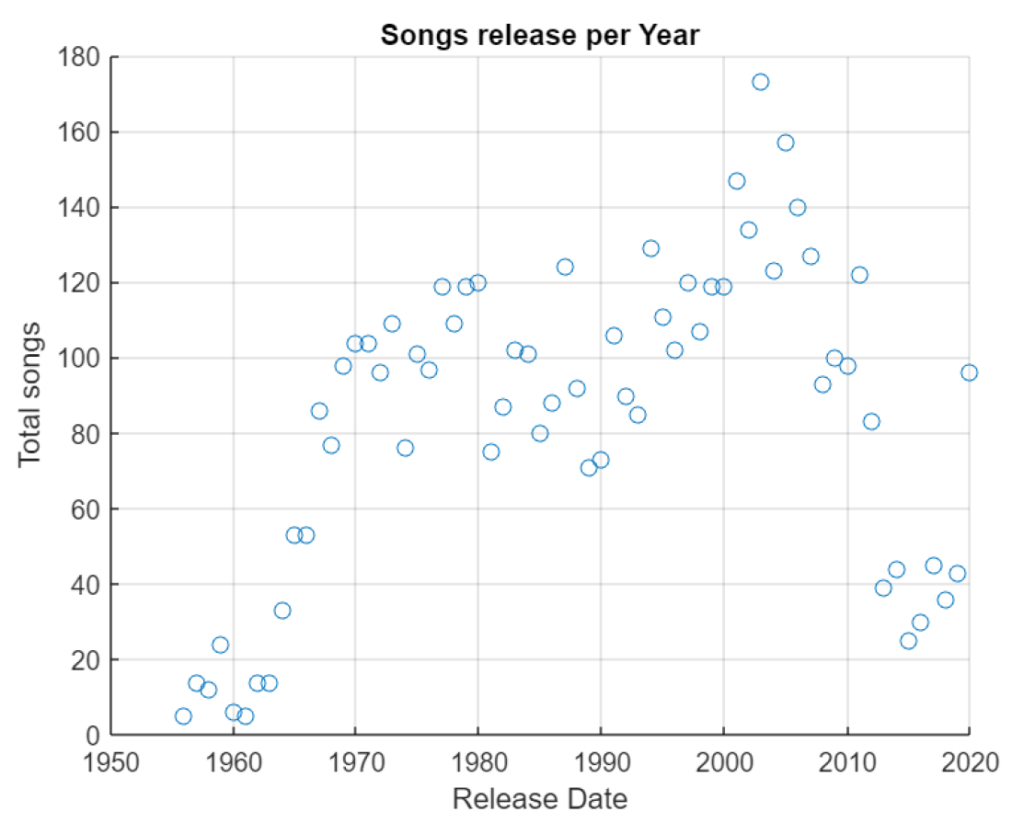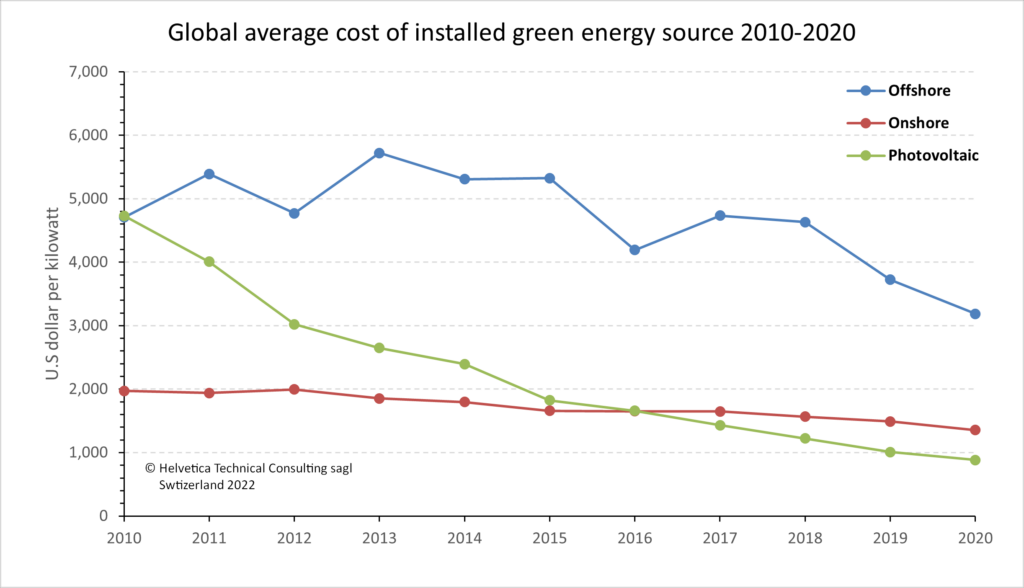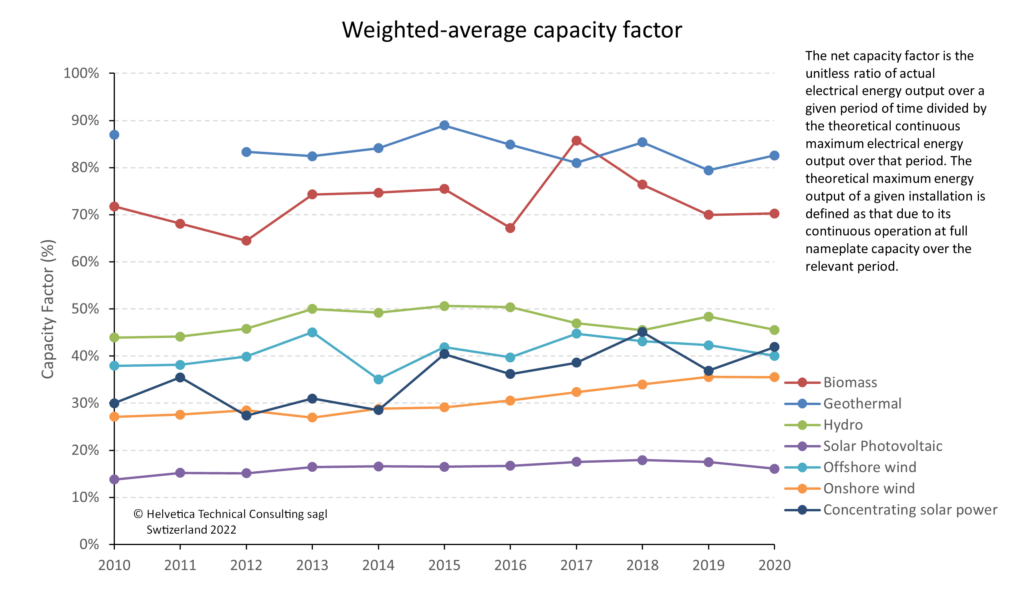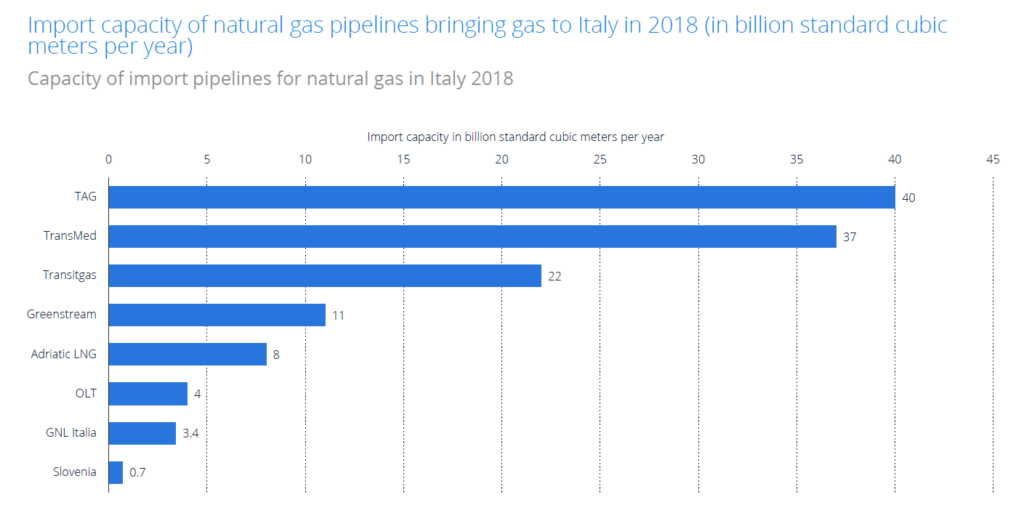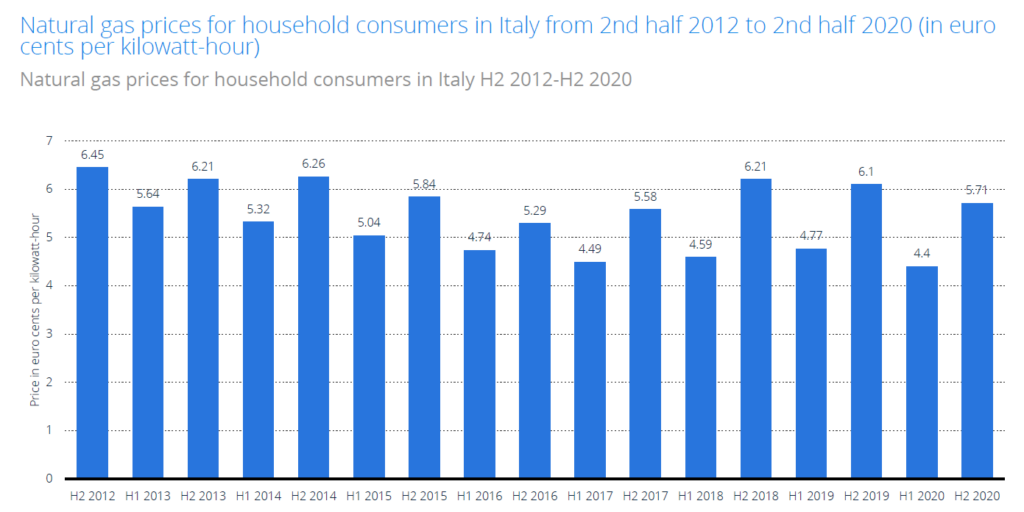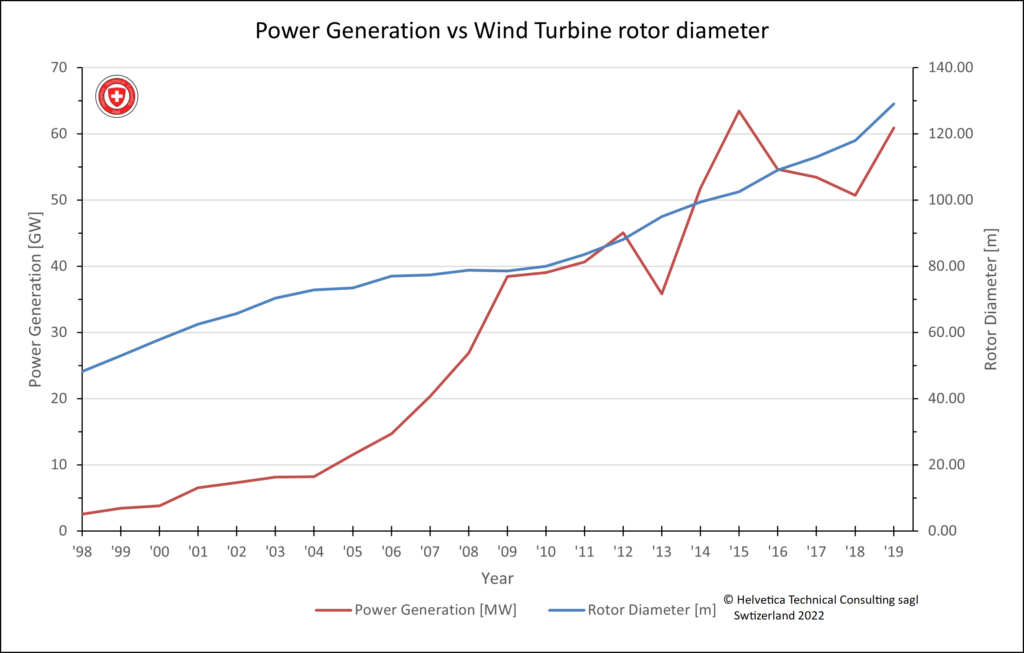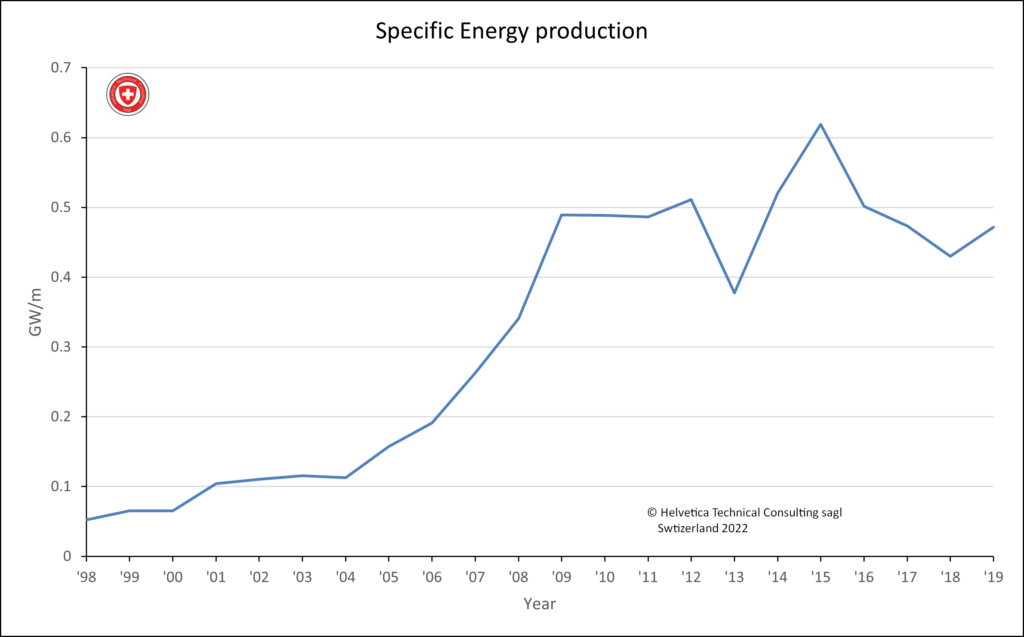Introduction
Data driven decision-making has become a buzzword in today’s business world. Companies are using data and analytics to drive their decision-making processes and gain insights into their operations. This approach allows them to optimize their processes, reduce costs, and increase revenue. In this article, we will delve into the concept of data-driven decision-making and its importance in companies. We will also explore the works of Erik Brynjolfsson, DJ Patil, and Hilary Mason, who have made significant contributions to the field.
What is Data-Driven Decision-Making?
Data-driven decision-making involves using data and analytics to drive business decisions. It is a process that involves collecting, analyzing, and interpreting data to gain insights into operations and identify patterns. By doing so, companies can make informed decisions that lead to better outcomes.
The process of data-driven decision-making involves several steps. First, data is collected from various sources, such as customer feedback, sales data, and operational data. The data is then cleaned and transformed into a format that can be analyzed. Once the data is prepared, it is analyzed using statistical methods to identify patterns and trends. Finally, the insights gained from the data analysis are used to make informed decisions.
Why is Data-Driven Decision-Making Important?
Data-driven decision-making has several benefits for companies. First, it allows them to optimize their operations and reduce costs. By analyzing data, companies can identify inefficiencies in their operations and take steps to improve them. This can lead to cost savings and increased profitability.
Second, data-driven decision-making can help companies to identify opportunities for growth and innovation. By analyzing customer data, companies can identify trends and develop new products and services that meet the needs of their customers. This can lead to increased revenue and market share.
Finally, data-driven decision-making can improve customer experience. By analyzing customer data, companies can gain insights into customer behavior and preferences. This can help them to tailor their products and services to better meet the needs of their customers, leading to increased customer satisfaction and loyalty.
Erik Brynjolfsson and Data-Driven Decision-Making
Erik Brynjolfsson is a renowned economist and Professor of Management at the Massachusetts Institute of Technology (MIT). He is a leading authority on the economics of information technology and has made significant contributions to the field of data-driven decision-making.
In a 2011 paper titled “Big Data: The Management Revolution,” Brynjolfsson and his co-author Andrew McAfee argued that data-driven decision-making was transforming business operations. They highlighted the importance of data-driven decision-making in improving operational efficiency and driving innovation.
The authors noted that companies that were data-driven were more likely to be successful in the long run. They cited examples of companies like Google, Amazon, and Netflix, who had embraced data-driven decision-making and achieved great success.
Brynjolfsson and McAfee argued that data-driven decision-making was becoming more accessible to companies of all sizes. They noted that the cost of data storage and processing had decreased significantly, making it easier for companies to collect and analyze data.
The authors also cautioned that data-driven decision-making was not a silver bullet. They noted that companies needed to have the right infrastructure, talent, and culture to make data-driven decisions successfully.
DJ Patil and Data-Driven Decision-Making
DJ Patil is a data scientist and entrepreneur who has worked for companies like LinkedIn, Greylock Partners, and the US government. He is known for his contributions to the field of data science and data-driven decision-making.
Patil has emphasized the importance of data culture in companies. He argues that companies need to develop a culture that values data and encourages data-driven decision-making. This involves creating a data-driven mindset among employees and promoting data literacy across the organization.
Patil also notes that companies need to invest in data infrastructure and technology. This includes data storage, processing, and analysis tools that enable companies to collect, clean, and analyze large amounts of data.
In a 2014 paper titled “Building Data Science Teams,” Patil emphasized the importance of collaboration in data-driven decision-making. He notes that data science teams need to work closely with business stakeholders to understand their needs and develop data-driven solutions that address those needs.
Patil also highlights the importance of experimentation in data-driven decision-making. He notes that companies need to be willing to experiment with new ideas and approaches, and to learn from their failures as well as their successes. This requires a culture of innovation and risk-taking, where failure is seen as an opportunity to learn and improve.
Hilary Mason and Data-Driven Decision-Making
Hilary Mason is a data scientist and entrepreneur who has worked for companies like Bitly and Fast Forward Labs. She is known for her contributions to the field of data science and her advocacy for data-driven decision-making.
Mason has emphasized the importance of data storytelling in data-driven decision-making. She argues that data needs to be presented in a way that is meaningful and engaging to stakeholders. This requires data scientists to have strong communication skills and the ability to tell compelling stories with data.
Mason also notes that companies need to focus on the right data. She argues that companies should prioritize data that is relevant to their business goals and objectives, rather than collecting data for the sake of collecting it. This requires companies to have a clear understanding of their business needs and to align their data collection efforts with those needs.
In a 2014 TED talk titled “The Urgency of Curating Data,” Mason emphasized the importance of data curation in data-driven decision-making. She notes that data needs to be curated and maintained to ensure its accuracy and reliability. This requires companies to invest in data governance and quality control processes, and to ensure that data is being used in a responsible and ethical manner.
Examples of Data-Driven Decision-Making
Data-driven decision-making has become increasingly common in companies across various industries. Here are a few examples of how companies are using data to drive their decision-making processes:
Netflix: Netflix is a prime example of a company that has embraced data-driven decision-making. The company uses data to personalize its content recommendations and to develop new content that meets the needs and preferences of its viewers. Netflix also uses data to optimize its operations and to improve customer experience.
Amazon: Amazon is another company that has leveraged data to drive its decision-making processes. The company uses data to optimize its supply chain and to improve its logistics operations. Amazon also uses data to personalize its product recommendations and to develop new products and services that meet the needs of its customers.
Ford: Ford is using data to drive its innovation efforts. The company is collecting data from its connected cars to gain insights into customer behavior and preferences. This data is being used to develop new products and services that meet the needs of Ford’s customers.
Conclusion
Data-driven decision-making has become essential in today’s business world. Companies that embrace data-driven decision-making are more likely to succeed in the long run, as they can optimize their operations, identify opportunities for growth and innovation, and improve customer experience. Erik Brynjolfsson, DJ Patil, and Hilary Mason have made significant contributions to the field of data-driven decision-making, emphasizing the importance of data culture, collaboration, storytelling, and curation. Examples of companies like Netflix, Amazon, and Ford show how data-driven decision-making is transforming business operations and driving innovation. As data becomes increasingly important in business decision-making, companies that can effectively collect, analyze, and interpret data will have a significant competitive advantage.
